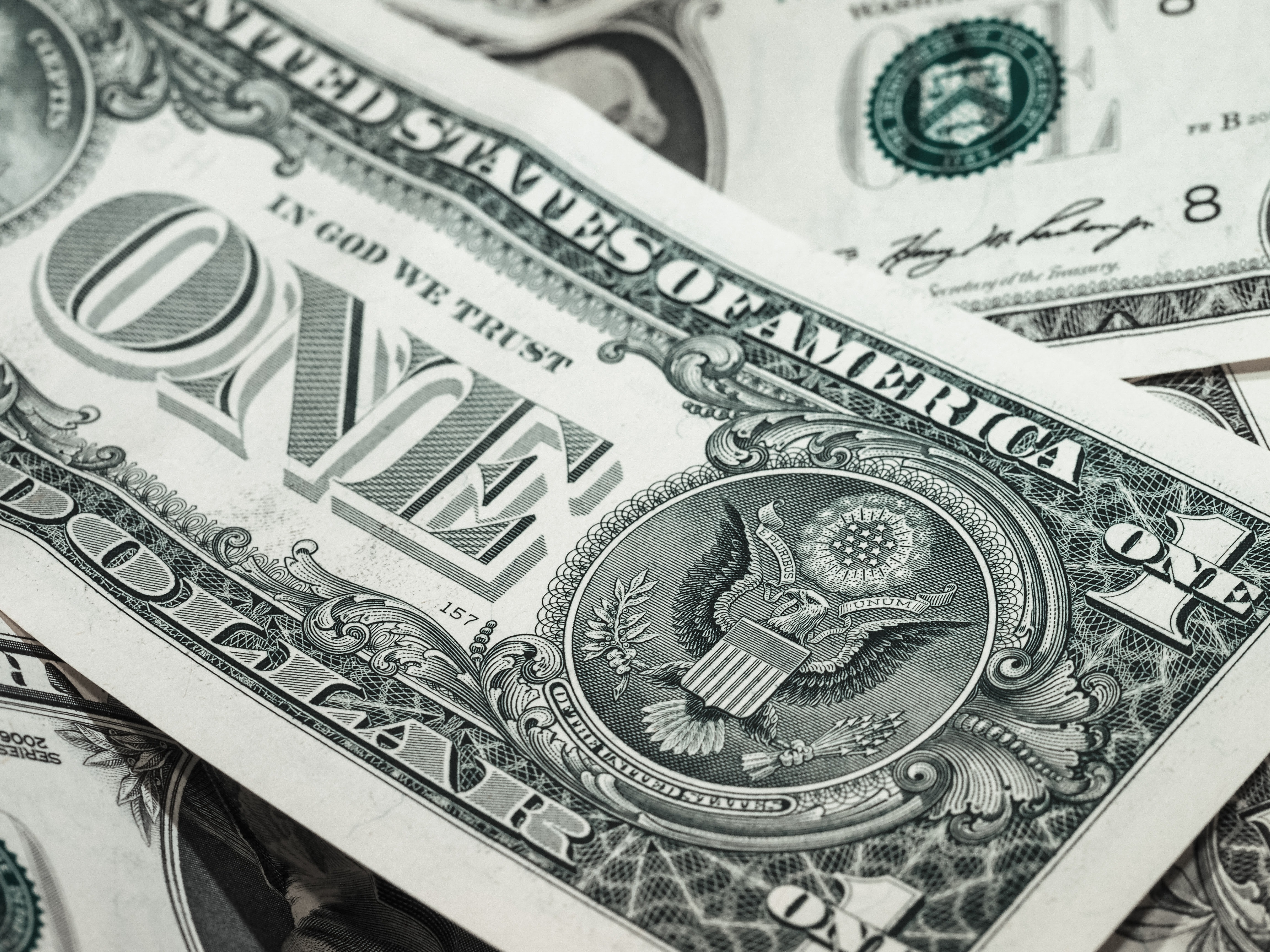
The Dollar Wrecking Ball: Why is a strong US dollar so dangerous?
The rising US dollar strength is starting to produce cracks across economies and markets.
All of us remember 2017 and cryptocurrencies. It was undoubtedly one of the busiest years for crypto not only with respect to price growth but also with respect to growth in the crypto community and the number of projects that started to emerge. Despite prices having rapidly changed (and several times) till then, the 2017 bubble still presents a lot of unknown facts. And there are “experts” who want to explain these unknown facts at all costs.

Professor John Griffin from the University of Texas and professor Amin Shams from Ohio State University decided to try and explain the 2017 price surge of Bitcoin. They chose to look at Bitfinex and based all their research on trading on this crypto exchange. According to the published results, there was a single entity (a whale, an account, a corporation) behind the 2017 bubble. The research made waves in the crypto community, whose reactions to this document, largely tweeted on Twitter, were extremely critical.
Although Bitfinex (along with Tether) can explain a lot, the claim itself that they managed to push the price of Bitcoin to USD 20,000 is extremely strange. This is what Su Zhu, Three Arrow Capital CEO thinks, too. He reacted to the Bloomberg article describing the research outcome of Professors Griffin and Shams as follows:
“This article is clickbait so dumb that it's a crime to give attention to it.”
Mati Greenspan, market analyst of eToro, agrees with him. However, he didn't have such an aggressive attitude to the article but, instead, commented sarcastically that it was a good thing he was there to personally witness the millions of retail accounts opened at eToro.
Not only these two personalities are outraged with the whole document and research. The reactions of the entire crypto community are very mixed though. A number of people claim people should not waste time by reading such nonsense articles. Others fight against such negative articles about cryptocurrencies and try to “undermine” or “discredit” the Bloomberg article as much as possible.
Which side you stand on is up to you, but to think that the whole surge in 2017 could be caused by a single entity is relatively controversial. However, pages like Bloomberg or CNBC took it up and attach great importance to it, so you should be very cautious in the sources you follow and the weight you attach to them.
Comments
You must be logged in to add a comment.